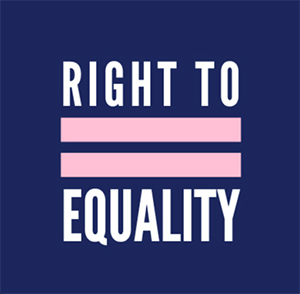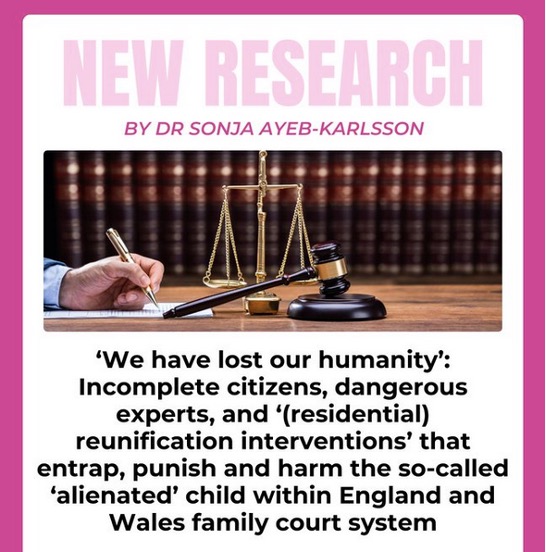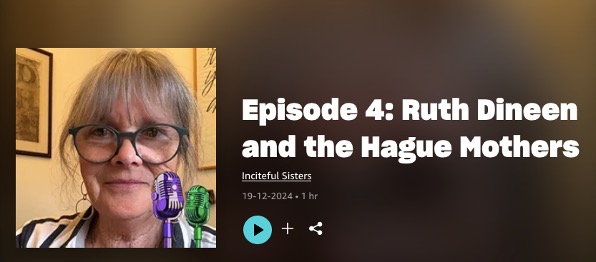Article 13(b) Defence in a Hague Convention Case
We’re delighted to feature this guest blog from Right to Equality whose founder and CEO, Dr Charlotte Proudman, represented the mother in a recent UK case which helps set a precedent that domestic abuse is serious and can create a situation where the child is at grave risk if returned to their abuser. Dr Proudman is also a barrister at Goldsmith Chambers and Senior Research Associate, University of Cambridge.
Article 13(b) Defence in a Hague Convention Case – The Convention
While originally intended to protect children from being taken abroad by fathers without custody, the Hauge Convention has, by this point, drifted away from its original purpose. The Hague Convention considers a child abducted if taken across borders by a parent without the other’s consent, regardless of domestic abuse. As of 2021, roughly 75% of taking persons were mothers. According to the European Parliament’s Committee on Legal Affairs Report, ‘There are no comprehensive statistics regarding the number of abduction cases which involve domestic violence, but researchers have recently stated that ‘it is suspected that domestic violence is a present issue in as many as 70% of the total parental child abduction cases.’ Domestic abuse may make taking parents feel that flight is the only option. Despite the high rates of domestic violence presence, the Convention will often require the child to be returned. There is a myth that returning children will not face harm, in part because of the lack of (or inability to) follow up on cases. In reality, the harms are real and active – in some cases, mothers or children are killed, and frequently those returned to alleged abusers are greeted by heart-breaking fates.
‘Hagued’ is an increasingly common term these days for mothers who are harmed by the Convention. Three types of harm have been identified for ‘Hagued’ mothers, including ‘further intimidation and abuse by an ex-partner through contact necessitated by court proceedings; punishment through a court system that positions the woman as a ‘child abductor’ and may engender adverse custody arrangements; and homelessness caused by lack of support structures, income and financial independence’ (Centre for Justice). Research collecting survivors’ experiences details how they flee, hoping for safety for themselves and their children, yet are forced to return to danger. Women and children fleeing had faced:
severe and sustained exposure to domestic violence prior… For the majority of the women, this violence included serious physical assaults against them, coupled with a degree of threatening behavior that led the women to believe that their lives and/or those of their children were in danger. They were usually isolated from family members and friends, prevented by their husbands from having independent access to financial resources and/or exposed to threats based on their immigrant status (The Judge’s Newsletter)
The 1980 Hague Convention has negatively impacted mothers who are survivors of domestic abuse and who flee with their children for safety. In 1994, the Australian Law Reform Commission recommended the risk of domestic violence be deemed an intolerable situation, but the reform was never enacted 1. Given the serious concerns about the operation of the Hague Convention for victims of domestic abuse and violence, recommendations for change have been raised by Dr Adrienne Barnett with FiLiA Hague Mothers. Right to Equality supports their efforts. FiLiA Hague Mothers call for the following changes to the Hague Convention:
- Include a defence against return in circumstances of domestic violence/abuse, and explicit acknowledgment of the impact of domestic violence/abuse on children.
- Include provision for a stay on return orders in domestic abuse cases and enable welfare hearings to be held remotely to permit the taking parent to litigate in a safe location.
- Restrict the circumstances in which it is appropriate to rely on ‘protective measures’ and in any event ensure that courts cannot accept undertakings as a means of defeating the Article 13(1)(b) defence in domestic violence/abuse cases.
- Ensure that children’s wishes and feelings are explored in all cases involving domestic violence/abuse.
These reforms also call for the Convention to include a DV-aware Protocol, a change to domestic laws that implement the Convention in its contracting states, the strengthening of the Guide to Good Practice re Article 13(1)(b), the improvement to approaches by the courts in contracting states, and the provision of legal aid to taking parents. Many mothers encounter disadvantages in custody battles: they are frequently stranded in a foreign country with little support, facing the peril of losing all contact with their children, all while combating the label of ‘kidnapper’.
What is Article 13(b)’s grave risk exemption?
The grave risk exception details that ‘there is a grave risk that his or her return would expose the child to physical or psychological harm or otherwise place the child in an intolerable situation’.2
This can include three different types of risk:
- a grave risk that the return would expose the child to physical harm;
- a grave risk that the return would expose the child to psychological harm; or
- a grave risk that the return would otherwise place the child in an intolerable situation
In the 1980 Child Abduction Convention Guide to Good Practice, Part V1, Article 13(1)(b) Hague Conference on Private International Law (2020) paragraph 33, the risk of grave harm extends to include, in some cases, the taking parent wherein the harm to the parent could, in exceptional circumstances present risk to the child:
The wording of Article 13(1)(b) makes clear that the issue is whether there is a grave risk that the return would ‘expose the child to physical or psychological harm or otherwise place the child in an intolerable situation’. But harm to a parent, whether physical or psychological, could, in some exceptional circumstances, create a grave risk that the return would expose the child to physical or psychological harm or otherwise place the child in an intolerable situation. The Article 13(1)(b) exception does not require, for example, that the child be the direct or primary victim of physical harm if there is sufficient evidence that, because of a risk of harm directed to a taking parent, there is a grave risk to the child.
One potential defence available is the Article 13b grave risk defence, frequently utilised by survivors of domestic abuse. However, in England and Wales, the courts tend to apply this defence to an incredibly high standard, resulting in numerous children and their mothers being compelled to return to the jurisdiction of their abusers. As we move towards the changes so desperately needed to protect victims of abuse and mothers protecting their children, it’s important to utilise case law to make progress in establishing legal protections.
Right to Equality director Dr Charlotte Proudman recently represented a mother who was a victim of domestic abuse in a case where she had fled with her child from Italy to England. The father submitted a Hague application for return to Italy, but the mother was successful in her opposition.
- Recommendations 9.5: Regulation 16 of the Family Law (Child Abduction Convention) Regulations should be amended to provide that in deciding whether there is a grave risk that the child’s return would expose the child to physical or psychological harm or an intolerable situation regard may be had to the harmful effects on the child of past violence or of violence likely to occur in the future towards the abductor by the other parent if the child is returned. (Australian Law Refom Commission, 1994). ↩︎
- ‘Thus, the interest of the child in not being removed from its habitual residence without sufficient guarantees of its stability in the new environment, gives way before the primary interest of any person in not being exposed to physical or psychological danger or being placed in an intolerable situation.’ (Explanatory Report) ↩︎




